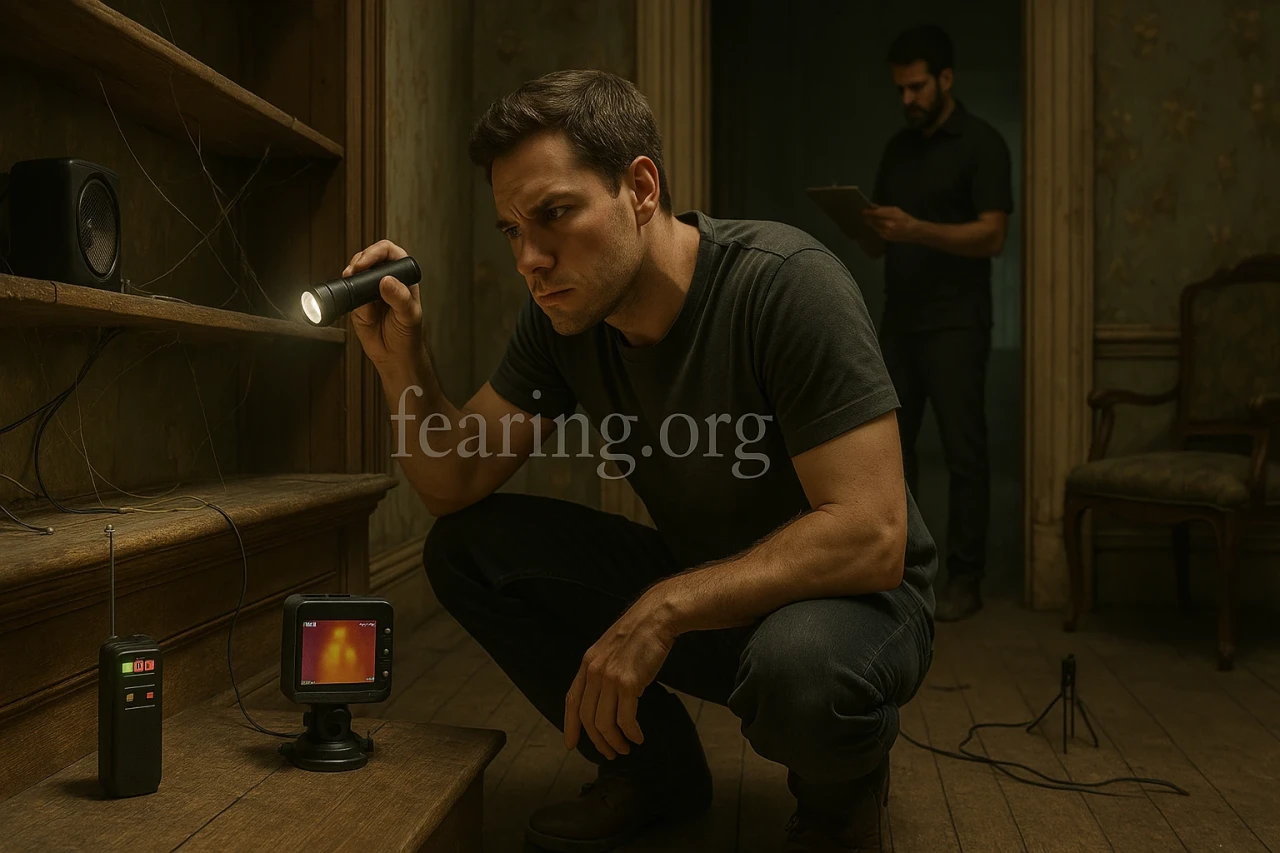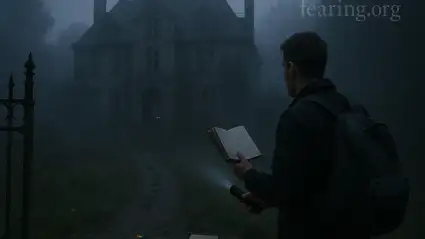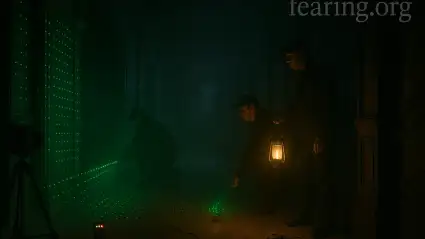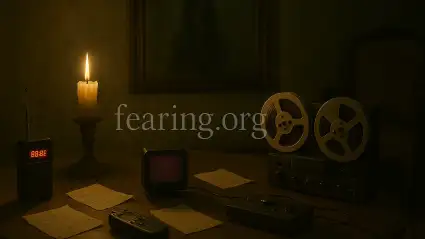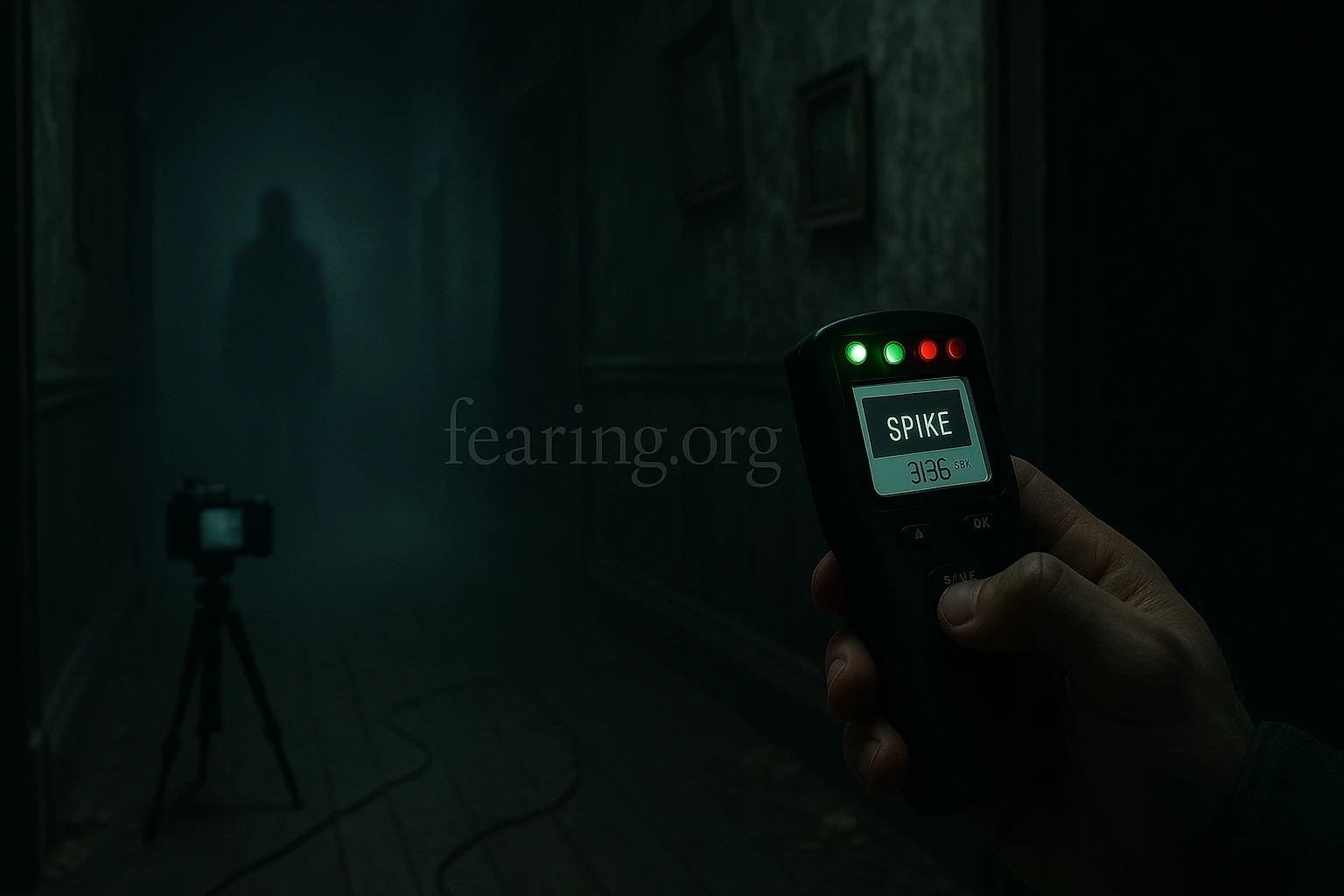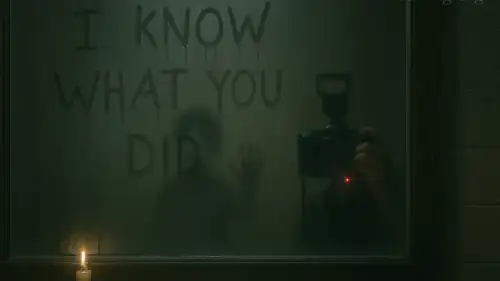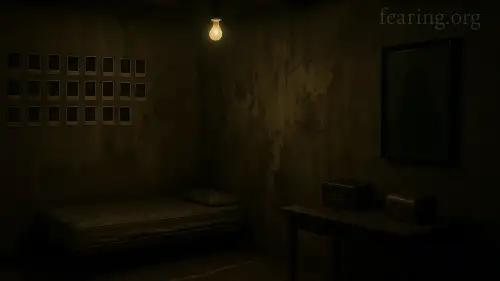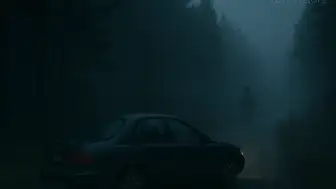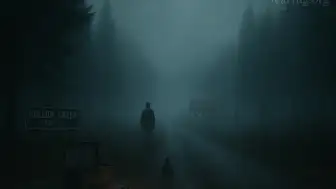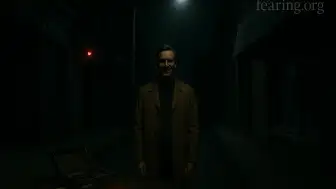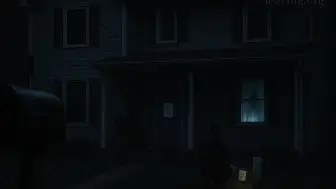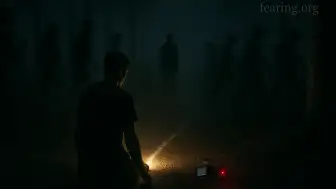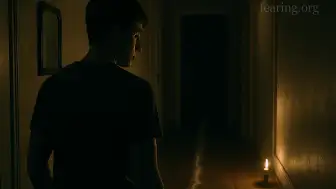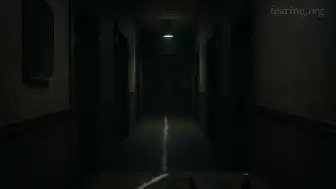In the shadows of ghost stories and whispered hauntings, there’s always room for doubt. Paranormal investigators don’t just chase spirits—they often spend more time disproving hauntings than confirming them. So how do these ghost hunters separate chills from charades, and what techniques do they use to reveal the truth behind the terror?
"Not every creak in the dark is a ghost. But every mystery deserves the truth."
In this guide, we’ll explore the meticulous, skeptical side of paranormal investigations: how hoaxes are uncovered, why people fake hauntings, and what real investigators do when they smell something… off.
🕵️♂️ Why Do People Fake Hauntings?
There are several motivations:
Financial gain (attracting tourists, selling a story)
Attention or validation
Revenge or manipulation
Psychological conditions, such as delusions or shared hysteria
Some fakes are elaborate. Others are unintentional misinterpretations.
🔍 Step 1: Interview the Witnesses
Good investigators start with questions, not gadgets:
What exactly did they see/hear/feel?
When did it happen? How often?
Who else was present?
Are there any patterns?
This helps determine whether the case might be misremembered, exaggerated, or fabricated.
:::tip 🧠 Behavioral inconsistencies and conflicting accounts are often the first sign something’s not right. :::
🧪 Step 2: Rule Out Natural Causes
Most haunting symptoms can have non-paranormal explanations:
Drafts = cold spots
Old pipes or wood expansion = footsteps and knocks
Mold or carbon monoxide = hallucinations, paranoia
Wiring or power surges = EMF spikes
Tools like EMF detectors, thermal cameras, and air quality meters help confirm environmental causes.
🎥 Step 3: Analyze Video and Audio
A common hoax involves staged recordings:
Look for editing jumps, audio layering, or camera glitches
Cross-reference video footage with ambient audio
Check if the event happens only when certain people are in the room
Experienced teams also test to see if alleged phenomena can be recreated.
"If it can be faked once, it can be faked again."
📡 Step 4: Check the Tech
Sometimes, the equipment itself is manipulated:
EMF meters hidden near electronics
Spirit boxes preset with looping phrases
Tampered motion sensors or REM pods
Investigators may swap out gear mid-investigation to confirm legitimacy.
🧱 Step 5: Recreate the Haunting
Many hoaxes fall apart when you attempt a controlled recreation:
Simulate footsteps using building materials
Recreate camera angles and lighting
Use “trigger objects” with hidden magnets to expose deception
If a ghost only shows up under oddly perfect conditions—it might not be a ghost.
📂 Real Cases of Debunked Hauntings
The Amityville Horror (USA): Debunked by multiple journalists and investigators—many details were exaggerated or false
The Hampton Court Ghost (UK): Security camera footage later revealed a costumed actor, not a spirit
YouTube Paranormal Channels: Several high-profile influencers have been caught staging EMF spikes, ghost sightings, and fake voices
Some of the most viral ghost content online is carefully scripted fiction.
🧠 The Psychology of Belief
Investigators also consider the mental and emotional state of those involved:
Grief, trauma, or isolation can influence perceptions
Group hysteria or suggestibility can create shared experiences
Confirmation bias makes people notice things that support their belief
Being haunted doesn’t always require a ghost.
🤔 So… What Happens When a Haunting Is Fake?
Real investigators don’t shame or mock. Instead, they:
Explain their findings calmly and factually
Provide possible explanations
Offer emotional support if needed
The goal isn’t to prove someone wrong—it’s to get to the truth.
"Sometimes the most powerful thing a ghost hunter can say is: ‘You’re safe. There’s nothing here.’"
Debunking isn’t about disbelief. It’s about integrity.
Ghost stories are thrilling—but the real haunting lies in deception. Paranormal investigators know that behind every knock, every whisper, every viral video... might be a very human hand.
And the bravest ghost hunters are the ones who chase the truth—even when it scares people. 🕵️♀️📷🧠

